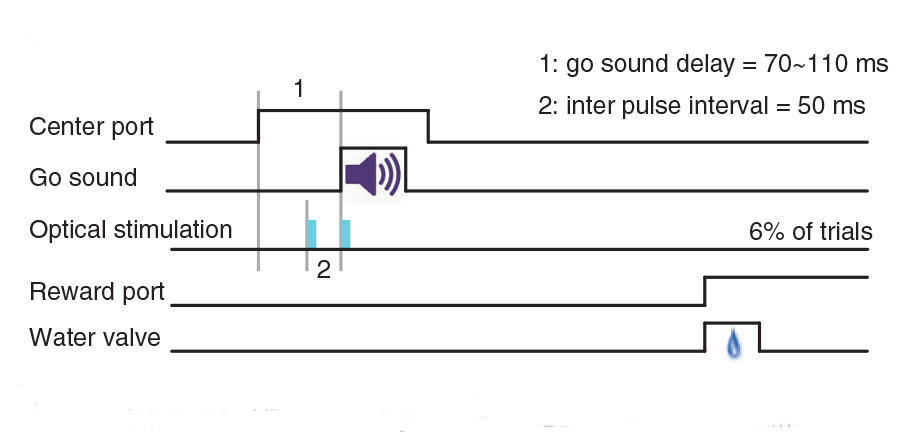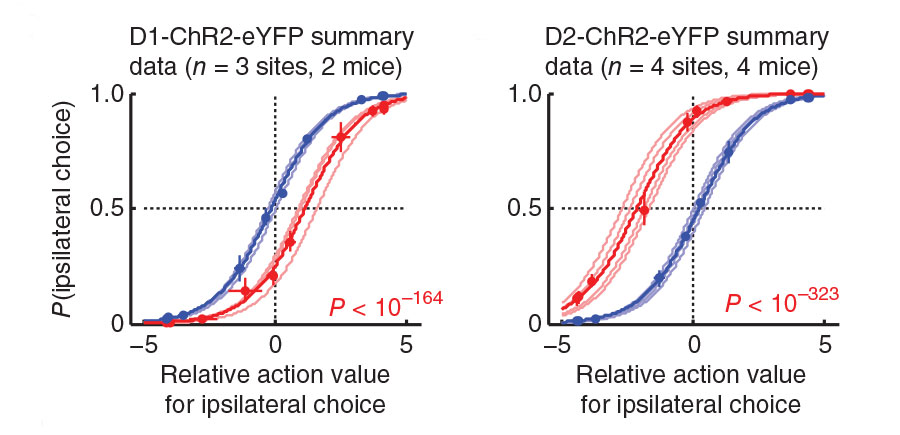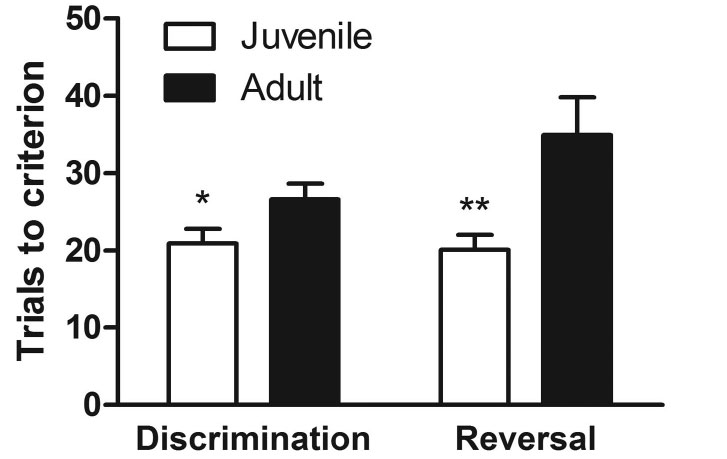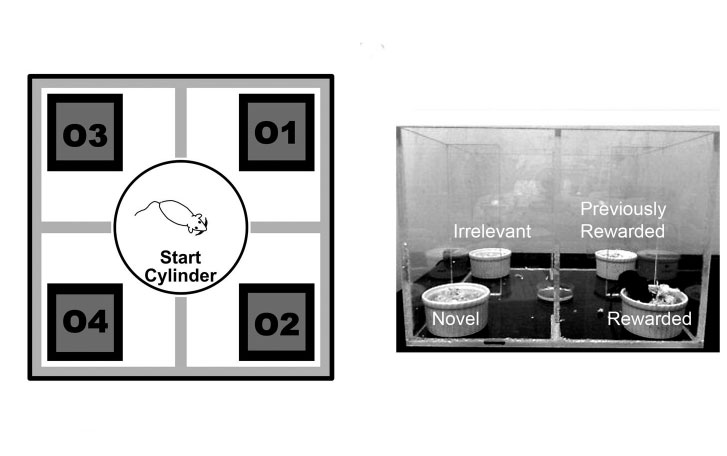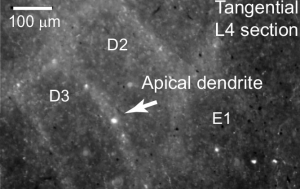The BDNF Val68 to Met Polymorphism Increases Compulsive Alcohol Drinking In Mice Which Is Reversed By TrkB Activation
Background
The Val66 to Met polymorphism within the brain-derived neurotrophic factor (BDNF) sequence reduces activity-dependent BDNF release, and is associated with psychiatric disorders in humans. Alcoholism is one of the most prevalent psychiatric diseases. Here, we tested the hypothesis that this polymorphism increases the severity of alcohol abuse disorders.
Methods
We generated transgenic mice carrying the mouse homolog of the human Met66BDNF allele (Met68BDNF), and used alcohol-drinking paradigms in combination with viral-mediated gene delivery and pharmacology.
Results
We found that Met68BDNF mice consumed excessive amounts of alcohol and continued to drink despite negative consequences, a hallmark of addiction. Importantly, compulsive alcohol intake was reversed by overexpression of the wild-type Val68BDNF allele in the ventromedial prefrontal cortex of the Met68BDNF mice, or by systemic administration of the TrkB agonist, LM22A-4.
Conclusions
Our findings suggest that carrying the Met66BDNF allele increases the risk of developing uncontrolled and excessive alcohol drinking that can be reversed by directly activating the BDNF receptor, TrkB. Importantly, this work identifies a potential therapeutic strategy for the treatment of compulsive alcohol drinking in humans carrying the Met66BDNF allele.
Vincent Warnault, Emmanuel Darcq, Nadege Morisot, Khanhky Phamluong, Linda Wilbrecht, Stephen M. Massa, Frank M. Longo, and Dorit Ron, The BDNF Val68 to Met Polymorphism Increases Compulsive Alcohol Drinking In Mice Which Is Reversed By TrkB Activation. Biological Psychiatry


